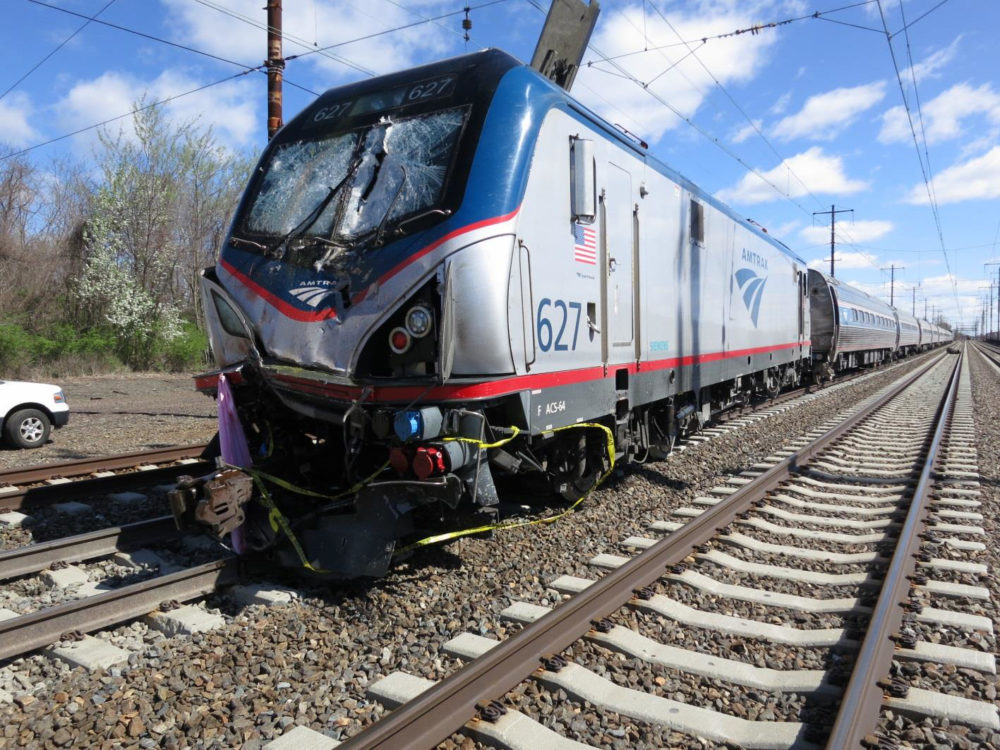Railroads Behind On Implementing New Safety Measures, GAO To Tell Senate

The majority of commuter railroads in the United States have not allotted enough time to install anti-crash technology, which is supposed to be in place by the end of this year.
The U.S. Government Accountability Office (GAO) released a report on March 1, noting that two-thirds of commuter railroads have failed to implement Positive Train Control (PTC) systems and other safety measures, which are now required by the Federal Railroad Administration (FRA).
PTC systems are an advanced technology designed to automatically stop a train before accidents can occur. They are believed to be effective in preventing train collisions, derailments caused by excessive speeding, and derailments from misaligned track switches.

Did You Know?
Millions of Philips CPAP Machines Recalled
Philips DreamStation, CPAP and BiPAP machines sold in recent years may pose a risk of cancer, lung damage and other injuries.
Learn MoreThe systems involve an onboard computer that would help prevent these types of accidents. The system receives and analyzes track data along the planned route and provides the locomotive engineer with advanced warnings of movement on tracks ahead, speed limits, occupied work zones, and potentially hazardous track conditions. The warnings allow the engineer to bring the train to a stop or safe speed.
PTC systems give the engineer a designated amount of time to respond to a potential hazard, and automatically apply collective braking action to bring the train to a controlled stop if the engineer does not respond within that span of time.
The technology may help prevent many fatal train crashes, such as the recent derailments in South Carolina and Washington State, which experts claim could have been avoided with the implementation of PTC systems.
Congress determined in 2008 that the FRA would have until 2015 to implement PTC systems across the United States’ railways and commuter trains. However, that deadline was pushed back to December 2018, given the vast number of trains and rail work required.
GAO’s newest report has found that 19 of the 29 commuter railroads may not meet the December 2018 deadline, or appear unlikely to make significant enough progress to qualify for an extension, due to the lack of time allotted for testing, which the GAO states takes almost a year.
The GAO’s findings will be presented today at a hearing of the Senate Commerce Committee, which will discuss actions that can be taken to ensure compliance by the December 2018 deadline.
Earlier this year, Senate Committee Chair John Thune, who has been a driving force behind the implementation of PTC systems, sent a letter to the GAO requesting an evaluation of implementation among passenger railroads, and also asked the Department of Transportation’s Office of Inspection General (DOT OIG) to track federal government funding and financing to verify proper spending. Representatives from both agencies, along with officials from Amtrak, are expected to testify at today’s hearing.
Concerns over railroad safety has risen following a number of preventable collisions and derailments over the last several years. Experts have claimed that PTC systems could have prevented several of these crashes, including the South Carolina Amtrak crash in early February. That crash killed two and injured more than 100 after the passenger train slammed into the rear of an unmanned freight train at approximately 60 mph due to being diverted onto the wrong track.
Some experts say PTC systems may have also been able to prevent a Seattle Washington Amtrak train crash that happened in December, killing three people and hospitalizing more than 100 passengers. The National Transportation Board’s investigation found the train derailed while crossing a highway overpass at approximately 80 mph in a 30 mph speed zone, sending passenger cars over the bypass into oncoming traffic.
Get more articles like this sent directly to your inbox.
"*" indicates required fields





0 Comments